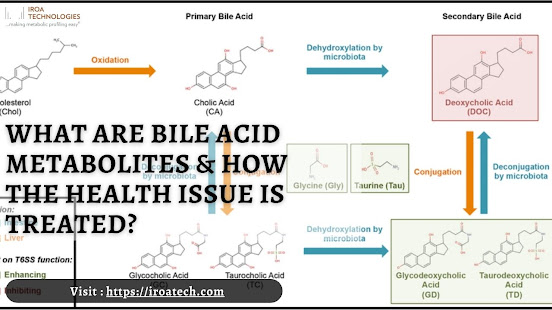The study of tiny molecules, often known as metabolites, on a huge scale is referred to as metabolomics. This research can be conducted on cells, biological fluids, tissues, or organisms. The metabolome is the collective name given to these tiny molecules and the patterns of interaction between them in a biological process.
In the same way, as genomics is the science of DNA and genetic data contained inside a cell, and transcriptomics is the study of RNA and variations, metabolomics is the science of the substrates and metabolic byproducts, which are impacted by both genetic and environmental variables.
One of the most important advantages of metabolomics is that it explicitly assesses the underlying metabolic activity in cells/tissues, unlike other "omics" metrics such as gene expression or protein expression. Therefore, metabolomics is the method that most accurately depicts the molecular phenotype.
Importance of Metabolomics
Metabolomics is a great tool for various industries, including agriculture, preventative medicine, and pharmaceuticals, because of its non-invasive aspect and its tight connection to the phenotype. Two examples of situations in which metabolomics have already facilitated informed decision-making are the development of biomarkers and the screening of drug safety. With customized metabolomics, we may one day be able to monitor our own metabolome's trends for customized medications and enhanced treatment options. It is conceivable that personalized treatment will be more effective than the medical approaches currently focused on populations.
Application of Metabolomics
There are numerous ways in which metabolomics might assist us: from product and load testing in the food industry, such as the control of insecticides and the detection of potentially dangerous bacterial strains, through agricultural research, clinical applications in medicine, and future applications in personalized medicine.
In the field of metabolomics, there are four different conceptual approaches.
1. Target Analysis
As a method that has been used for decades, target analysis involves the identification and quantification of a small subset of known metabolites (targets) using the most appropriate analytical technique.
2. Metabolite Profiling
The goal of metabolite profiling, on the other hand, is to examine a more extensive group of molecules, including those that have been identified as well as those whose chemical composition is unknown. This strategy has been implemented for a wide variety of other biological systems.
3. Metabolic Fingerprinting
The metabolic fingerprinting method is for external and secreted metabolites. In this step, the given sample's metabolic "signature" or metabolic profile is established. It is then analyzed in a large sample population to search for variations across the samples. After detecting signals that may strongly distinguish across samples, the metabolites are recognized, and the biological importance of that substance can be revealed. This results in a significant reduction in the time needed for analysis.
4. Metabolomics
In metabolomics, complementary analytical methods are utilized to identify and measure as many metabolites as possible, whether they are recognized or undiscovered molecules. IROA Technologies have designed efficient and cost-effective kits to help companies make metabolomics easier.



Comments
Post a Comment